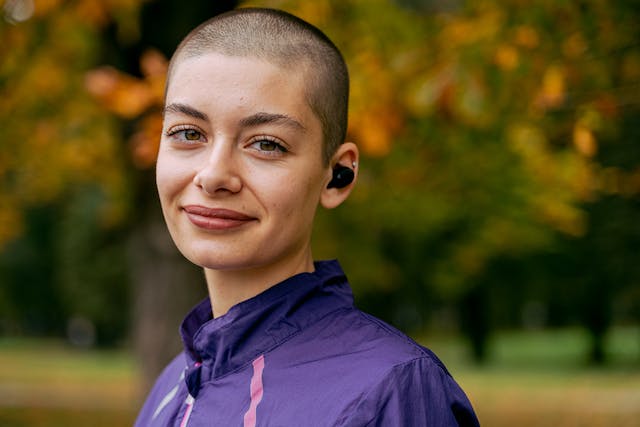History of Cannabis Usage in India
Do you want to know about the history of cannabis use in India? Check out all the information you need about cannabis usage in India and other vital details.
Cannabis use has a colourful history in India with its usage interwoven into the country’s social landscape. There is evidence that cannabis has been in use around India for centuries. The wide acceptance of cannabis across different levels of Indian society has seen the herb assume several names including Charas, Bhang, and Ganja across different times in history.
Government regulation against cannabis is strong in India, with different attempts made at criminalizing the substance over the last half-century.
However, recent developments now see a softer stance from government authorities towards cannabis use, especially for research and medical purposes. Top companies like Cannabryi have taken advantage of government support for medical use of marijuana towards the development of effective solutions to several health issues.
Earliest Records of Cannabis Usage in India
According to Booth (2015), the earliest reference of cannabis in India was around 1500BCE in the Atharvaveda in a text where terms like kush and banga(bhang) were mentioned in sacred texts. The author further commented that the text could be a reference to an offering that involved the ingestion and burning of cannabis and other herbs.
Cannabis was widely used in India when the Portuguese captured Goa in the early 1500s. Writers from that period noted how cannabis derivatives like bhang were used to boost labour and improve appetite among the population. The use of cannabis was so popular among Indians during that period, that a Portuguese writer released an outline for bhang recipes titled ‘A Tract about the Drugs and Medicines of the East Indies’ (Booth, 2015).
British colonialists would later try to reduce the consumption of cannabis by placing heavy taxes on drugs like charas, bhang, and Ganja in the 1790s.
Another early reference appeared in the Sushruta Samhita (around the 3rd and 8th centuries BCE) made clear cannabis recommendations to help against diarrhoea, phlegm, and catarrh.
Cannabis Use in Ayurveda Therapy
Ancient therapies with roots in Ayurveda and other systems have a rich history of cannabis use. Cannabis was intertwined with faith and other aspects of ancient religions, building deep roots in Indian culture as a result.
For example, ecstasy gained from the psychotropic effect of cannabis formed a major part of Ayurvedic medicine and therapy as a means to free the mind from its physical shell. It was also relied on as a way to communicate with ancestors or the gods.
Cannabis in Pre-Independent India
Several attempts were made by British colonialists to ban cannabis in India. At least three attempts aimed at criminalizing cannabis (between the 1830 and 1870s) all failed. However, stiff resistance against the recreational use of cannabis will come after India gained its independence from Britain.
Post-Independence Use of Cannabis in India
Anti-cannabis regulation gained momentum in the mid-1980s after the passing of the Narcotic Drugs and Psychotropic Substances (NDPS) Act in 1985. The act banned production or sale of cannabis flowers and resin in any form across India and restricted legislation at state level to seeds and leaves alone. Socio-political issues at that time spurred many states to restrict cannabis use across all levels, effectively criminalizing possession or usage of the substance.
The use of bhang and other variations of cannabis are allowed in many states across India. However, some states have special laws against cannabis and restricts its use for recreation in many areas. Other states allow authorized dealers to trade cannabis products or set limits about the maximum each person should carry, minimum age limit, and so on.
Some of the popular acts against cannabis are still in force across regions like Karnataka, Assam, and Maharashtra. These laws ban the sale, purchase, use, or possession of cannabis and all its derivatives in varying degrees.
Medical Cannabis in India
Medical cannabis has become a popular option to provide care for patients suffering from different health issues in India. Companies like Indogenix Biosciences , under its Trademark Brand Cannabryl now produce diverse products to aid therapy, provide palliative care, and ease symptoms of several health problems. A range of cannabis-based products can now help improve quality of life and boost achievement of holistic care for healthier living.
Final Word
Cannabryl has taken advantage of loosened restrictions of cannabis use to develop effective solutions to diverse health issues. The rise in recreational use is far overshadowed by advancements in medical cannabis from Cannabryl’s research.
Cannabryl builds on India’s rich cannabis use history to deliver effective healthcare solutions to everyone. The brand delivers a mix of modern medical practices infused with potent cannabis-products for robust healthcare.
Countless satisfied users now rely on Cannabryl for comprehensive, holistic care against diverse health problems. It has never been so easy to get the best healthcare infused with natural remedies for total physical, mental, and emotional wellbeing.








